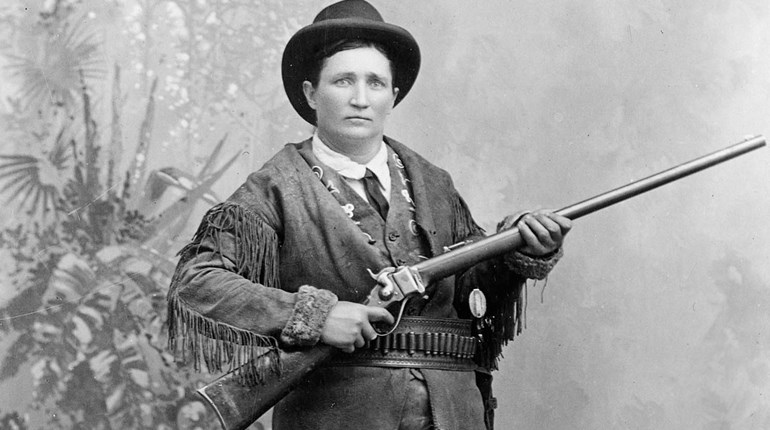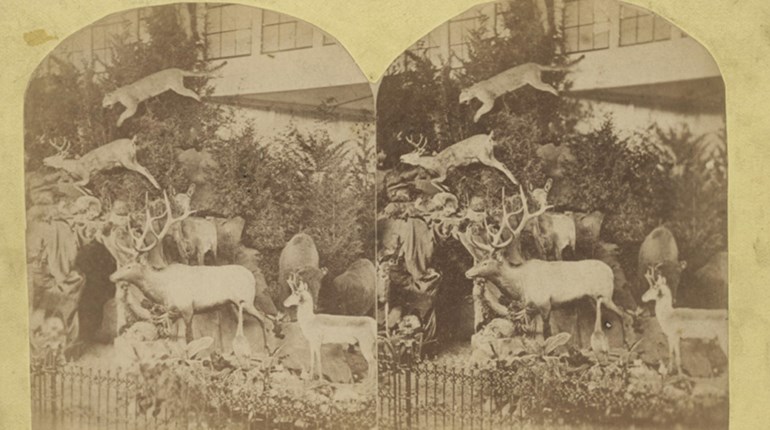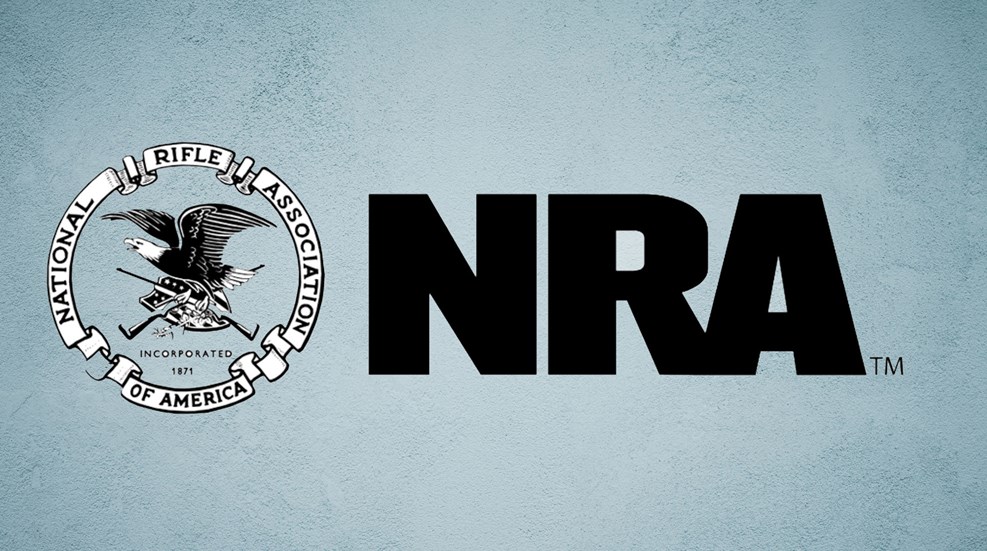
Some people are wildlife filmmakers. Some are adventure filmmakers. Randy Wimberg of Bozeman, Montana, is lucky enough to be both. Now, talk about a cool career!
Wimberg is a man who has always loved the outdoors. After college, he ran two photography businesses in Jackson Hole, Wyoming, specializing in whitewater float trips and skiing. But after a few years, he realized he wanted something different.
“I wanted to see the world a bit more,” says Wimberg. “I wanted more adventure in my life, but I didn’t think I’d be able to afford to go to all the places I wanted to see.”
Filmmaker in the Making
Becoming a cameraman seemed like the answer, so Wimberg set out for Hollywood. “I spent 11 years there,” he says, “pursuing the craft just by freelancing and doing any kind of job I could to work in the business.”
But then opportunity came knocking. Wimberg moved to Montana to work as a cameraman with Al Giddings, a noted underwater cinematographer with a state-of-the-art studio outside Bozeman. So began a seven-year period of living in the mountains and filming in the oceans.
“It led me to underwater cinematography doing lots of Discovery Channel specials and working on Imax films,” says Wimberg. “I’ve been to the Titanic on three separate expeditions—worked on that feature film and worked in 3-D Imax and a lot of big productions.”
On the Job
Today, Wimberg works on a lot more than just underwater cinematography. He films everything from diving to the depths of the ocean to climbing the highest mountain tops or hacking through tropical jungles, from adventure films to hunting trips, travel films, feature films, reenactments and even industrial films. He also writes.
“In Hollywood, you may specialize in one thing,” says Wimberg. “Where I live, you’ve got to wear a lot of hats. Climbing skills, whitewater and underwater diving skills—these are all things that I’ve become very good at. They enable me to get different jobs and keep those jobs coming in.”
It’s no wonder, then, that Wimberg says there’s no such thing as a typical day on the job. Even the size of the crew varies. On a hunting show, for instance, you wake early to stalk animals in the dark. Stealth is key, so a big crew is out of the question. “You’re busy sneaking around and trying to get the shots and making a TV show—sort of one-man band,” explains Wimberg. At the opposite extreme, a feature film has a huge crew. “That’s one thing about this job,” says Wimberg. “It’s unique and there’s no routine and it’s not for everyone—not for everyone because you just don’t know what you’re going to be doing next most of the time.”
It also means that paychecks can be irregular, at least until you’re an established name.
Pluses and Minuses
When asked about the best part of the job, Wimberg responds with enthusiasm. “It’s the variety,” he states, “and always meeting new people.” It’s also, he says, “the challenge of trying to create a compelling story through shooting video—high definition. You’re always thinking creatively in a way to make shots that turn something into a compelling story. You’re always thinking.”
And his least favorite? “No question about it,” says Wimberg, “the travel is the worst part of the job as far as the airport and getting equipment through—all the stringent rules they have now and the cost of moving equipment. That stuff’s horrible.”
One other challenge is the fast pace of technology. Not only do you need to be knowledgeable about how to make a show and the shots you need to make that happen, you need to know how to use a variety of cameras. “You have to be really up on your equipment,” says Wimberg. “So the work is very technical as well.”
Adventures Aplenty
Wildlife and adventure filmmaking involves a lot of adventure for the filmmaker, as well as for the subjects. For Wimberg, there was the time he was adrift in the Galapagos Islands with no vessel in sight while holding an Imax camera aloft. There have been numerous helicopter shoots—filming the Iditarod dog sled races in Alaska, humpback whales in the ocean, Cape buffalo in Africa and more. There was the trip last summer to film a young girl with early-onset Parkinson’s disease as she climbed to the top of Montana’s tallest mountain. “That was fun and really rewarding,” recalls Wimberg.
Then there was the filming of a two-hour special for Shark Week for the Discovery Channel. It was the first day and the first dive of an eight-week underwater shoot at the Bikini Atoll. Wimberg and his camera were safely stashed in a shark cage—or so he thought. But somehow he found himself in the telephone-booth-size cage with a thrashing, unhappy shark.
“I didn’t get hurt,” says Wimberg, “but I couldn’t get out of there. It’s in there, and it’s frightened, and you think it’s going to chew you up. It wanted to get out and so did I.”
Fortunately, for Wimberg, the shark wasn’t a man-eater. He was able to free himself by popping out the top of the cage. The crew then hauled in the cage and released the terrified shark. “So that was pretty exciting,” says Wimberg, with what must be extreme understatement.
The other good news, says the filmmaker, is that the episode was all captured on film.
Is It for You?
Wildlife and adventure filmmaking involves a love of the outdoors and of travel. You need the skills to climb mountains, dive under the sea or chop through forests. It involves curiosity about the world around you, flexibility, stamina and technical know-how with cameras. You should also know how to put together your own films—to edit them—so you must enjoy working with computers. If all of this seems like fun, maybe being a wildlife and adventure filmmaker is the “cool career” for you.







































